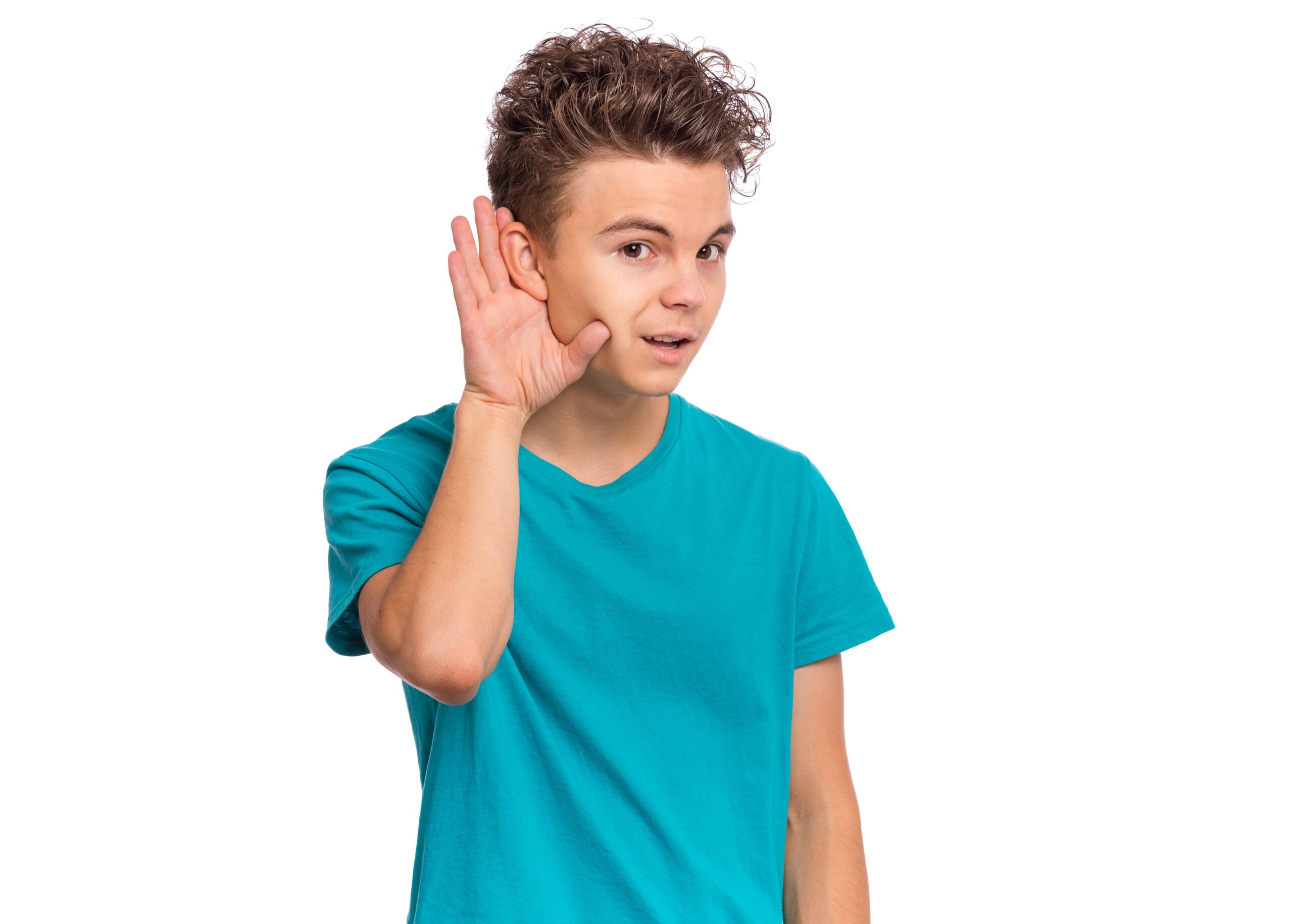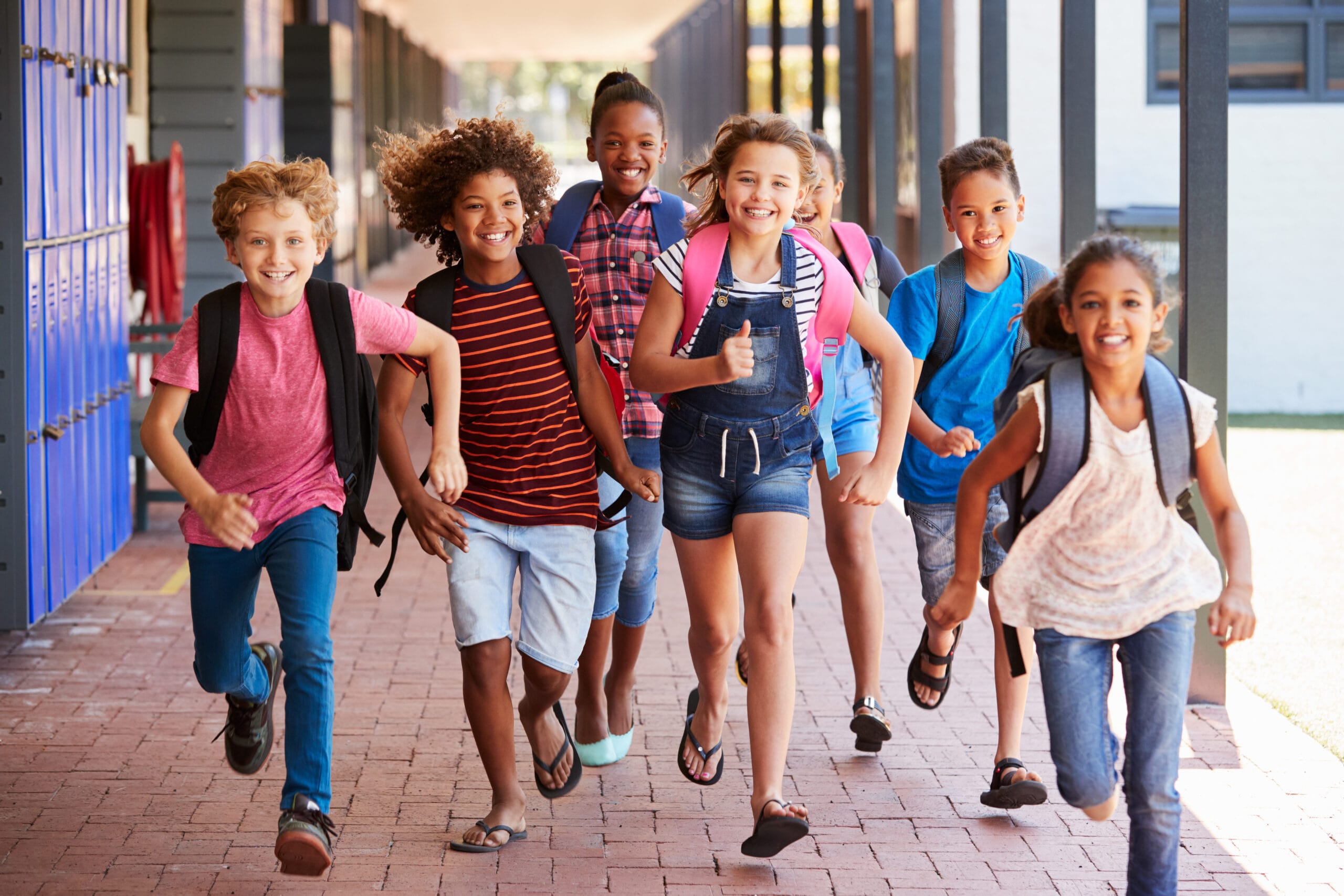
After a week of family and togetherness (which was much needed!), I found myself grateful. I was grateful to have family close (and willing to hang out with me), healthy, and sitting around the table with my own family to share the holiday. One of the psychologists on my team (Dr. Marivelisse Rodriguez-Rivera) has spent the last year working on a really cool executive function support program (spoiler alert, sorry….more on this soon), part of which includes a gratitude component. Why? Because being grateful helps your body and your mind function better, improves self-esteem, and helps with connectedness to others and the world around them. This offers a layer of protection for the “wear and tear” that we all experience in stressful and demanding lives. Although many of us are well versed at giving thanks around the table for Thanksgiving Day, the process of being grateful (and building little humans that are able to recognize and appreciate others) happens all day, every day. It may be as simple as building in a few moments each day to talk about what each member of your family is grateful for. This won’t be the adult version for kids and it is perfectly fine for kids to be grateful for dessert, the dog, winter break, and other things like that. Don’t correct this because it is their version of great things, it is their version of “this feels good.” Not only does this help you learn about what your child values, but it offers the chance to voice a personal opinion and put it out in the world just as it is (no censure or correction needed). As kids mature into teens you will see their insights deepen and their gratitude shift to broader and more “big picture” things, although they may still be grateful for root beer from time to time. Here comes the hard part. The strongest way to build resilience through gratitude is to model and practice it yourself. When someone lets you in when merging in traffic, give them a little wave (there need to be more traffic gestures of good will, seriously) and take a moment to tell your children why. “It was sure nice for that man to let me merge in traffic! I waved thank you so he knows I appreciated that.” Be sure that you call attention to the effort that you see in others and how it positively impacts you. For instance, when someone sends you a gift, sit down and write a thank you card and show it to your children. When the mailperson drops your mail in the box and you happen to be in the driveway, shout a little “thank you!” Try to catch the gratitude in yourself, harness it, and share it with your children. It is so easy to focus on the ugly, hateful, and divisive things around us. A little nod toward someone who helped you teaches kids (from their best teacher, you!) that when you say thanks it feels good and makes others feel great as well. Win-win!




